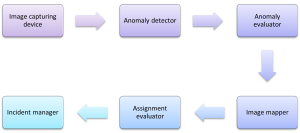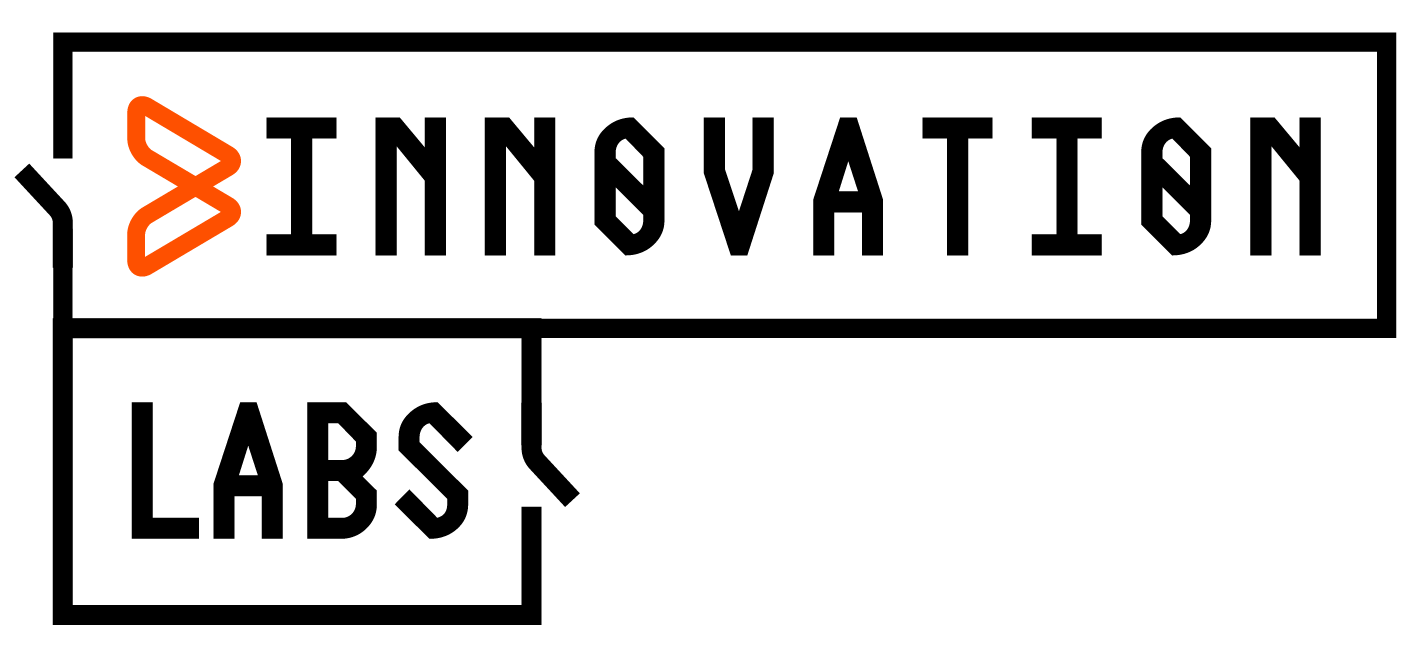In recent years, more companies have recognized the role that providing good product support plays in maximizing customer satisfaction, developing a solid marketing strategy, and gaining a competitive advantage. In this blog, we will focus on the use of technology to improve field services—the after-sales service of a product or equipment located at the customer site.
In the post-pandemic world, we have seen the propensity to digitize or “e” everything, from e-training to automating every function of the organization. As logistics and field service support contribute significantly to IT strategy and profitability, it becomes extremely important to also optimize field service efficiency, productivity, quality, and effectiveness through digital technologies.
So, now, the question is, “What is the field-based service category?” In field-based service support, it becomes the responsibility of the service provider to deliver services to people or their possessions at the customer site, through on-site or remote customer service, depending on the circumstances.
Problem statement:
Managing data and information has always been key to customer support. There is certain information that needs to be collected and analyzed, like the specific products that require support, the right resource for the job, and the mean time to resolve (MTTR) for the job.
In the operational technology (OT) domain, such as manufacturing plants, MTTR is high and has significant impact on production for not only the faulty machine but also downstream steps, as well. In the majority of the cases, fault detection and reporting is still done manually, leading to high MTTR as assignment to a maintenance engineer is often not correct the first time. These additional steps are huge cost burden to both people and infrastructure. Since product support services have traditionally been recognized as a support mechanism rather than a profitability function, the general conditioning is to keep the prices really low while providing sufficient satisfaction to the customers.
Solution
To deal with this issue we have designed a concept we call “Lens” for BMC Helix, which helps to detect the structural failures in an operating infrastructure and proactively raise timely alerts and tickets for faster failure resolution.
Lens can be used for OT platforms such as asset-heavy industries like turbines, aeronautics, and underground pipelines, where there is already a prevalence of sensors that capture anomalies and raise tickets against the issues. Lens goes one step further to provide image-based anomaly detection, capturing an image of structural damages like leakage, breakage, and any other anomaly.
The solution maps the sensors’ data alongside the images captured and raises the ticket in BMC Helix ITSM. With this handshaking in place, the customer service support personnel will be able to assign the right technician the very first time so that no additional step is required.
There are various algorithms like synoptic and panoptic segmentation that will be used to detect the anomalies for image capture, as shown below.

Figure 1. Process flow diagram
The image-capturing device can be anything from a camera to closed-circuit television (CCTV) to a remote satellite device to a magnetometer. These images and the sensor data will provide a broader spectrum of visualization to dive down into the details of the issue that has been raised.
Lens also comes with an augmented reality and virtual reality (AR/VR) view, which offers additional functionality when remote assistance is required, i.e., in the middle of the ocean.
Benefits of the solution include:
- Predicting exactly where the issue has happened, and before the sensor can detect it
- Reducing turnaround time (TAT) by assigning the right resource the first time
- Shifting from a reactive model to a proactive and predictive model
- Optimizing field service efficiency, productivity, quality, and effectiveness
Bringing New Ideas to Life
These postings are my own and do not necessarily represent BMC's position, strategies, or opinion.
See an error or have a suggestion? Please let us know by emailing blogs@bmc.com.







